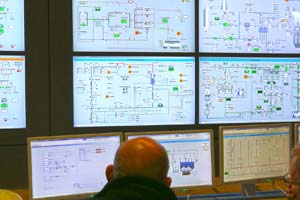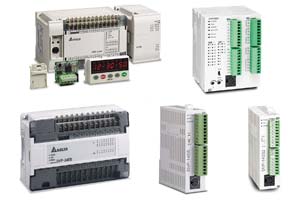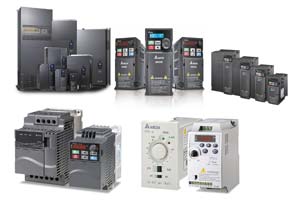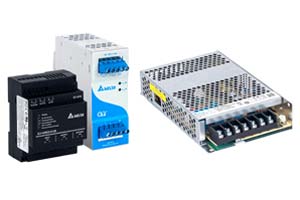
A load cell is an electro-mechanical sensor used to measure force or weight. It has a simple yet effective design which relies upon the well-known transference between an applied force, material deformation and the flow of electricity. They are incredibly versatile devices that offer accurate and robust performance across a diverse range of applications. It’s no surprise that they have become essential to many industrial and commercial processes, from automating car manufacturing to weighing your shopping at the checkout. As technology explodes forward, many new and exciting applications are emerging that also stand to benefit from using load cells. New advances in robotics, haptics and medical prostheses, to name a few, all need effective ways to measure forces and weights. New types of load cells are continuously being designed to meet the needs of this ever-changing market.
A typical load cell consists of two parts: the main body and an attached electrical circuit. The main body is what bears the weight or force and accounts for most of the load cell’s size. Typically, it is made from high-grade steel or aluminium, which ensures mechanical reliability, and predictable and uniform strain distribution.
The electrical circuit is housed within the load cell, tightly bonded to the main body. The circuit includes strain-gauges which are specialised parts of the circuit designed to sense the deformations of the main body.
These strain-gauges consist of thin, electrically conductive wire or foil arranged in a tight zig-zag pattern.
This pattern makes them sensitive to stretch and compression along their length, but insensitive across their width. As such, they can be precisely positioned to sense forces that run along particular axes. For example, shear beam load cells have their strain gauges positioned at a 45-degree angle to the loading axis, so as to maximise the detection of the shear strain running through the load cell.
INGENIOUS POWER & CONTROL SYSTEMS PVT. LTD.
Manjali Building, Amman Kovil Cross Road, Near Shenoy’s, Cochin – 682035Mob : +91-9895284319E-Mail : sales@ipcsgroup.in | Web : www.ipcsgroup.in
INGENIOUS POWER & CONTROL SYSTEMS PVT. LTD.
2nd floor, D-Sector, 4th Street, Anna Nagar West Extension, Chennai – 600101Mob : +91-9745406664E-Mail : sales@ipcsgroup.in | Web : www.ipcsgroup.in
INGENIOUS POWER & CONTROL SYSTEMS PVT. LTD.
2nd Floor, Swathi Towers, Masakalipalayam Road, Periyar nagar, Peelamedu, Coimbatore – 641004 Mob : +91-7034343432 E-Mail : sales@ipcsgroup.in | Web : www.ipcsgroup.in
INGENIOUS POWER & CONTROL SYSTEMS PVT. LTD.
Rema Plaza, S.S.kovil Road, Thampanoor, Trivandrum, Kerala – 695001Mob : +91-9645084319E-Mail : sales@ipcsgroup.in | Web : www.ipcsgroup.in
INGENIOUS POWER & CONTROL SYSTEMS PVT. LTD.
Zamorin’s Square, Railway Link Road, Above Norka Roots, Calicut – 673002Mob : +91-9895284319E-Mail : sales@ipcsgroup.in | Web : www.ipcsgroup.in
INGENIOUS POWER & CONTROL SYSTEMS WLL.
PO Box No. 23475, Villa No. 30, Wadi Al Raha Street,
Near Bangladesh Embassy, Nuaija (43), DohaE-Mail : sales@ipcsgroup.inWeb : www.ipcsgroup.in
INGENIOUS POWER & CONTROL SYSTEMS
Suite # 510, Al Qusais Plaza
Damascus Street, Al Qusais, Dubai, U.A.EE-Mail : sales@ipcsgroup.inWeb : www.ipcsgroup.in
INGENIOUS POWER & CONTROL SYSTEMS
Al-olaya street, P.O.Box: 15425.
Riyadh 11444, Saudi ArabiaE-Mail : sales@ipcsgroup.inWeb : www.ipcsgroup.in
OUR BRANDS


































